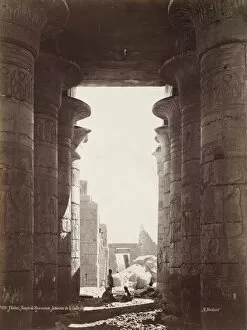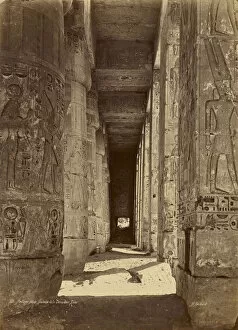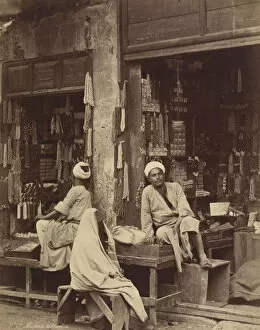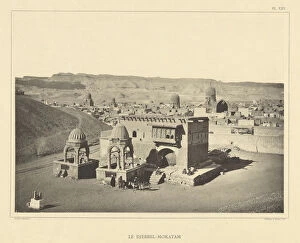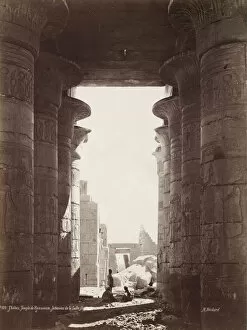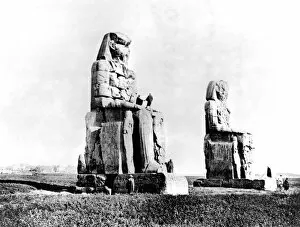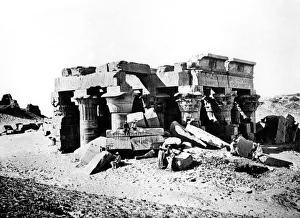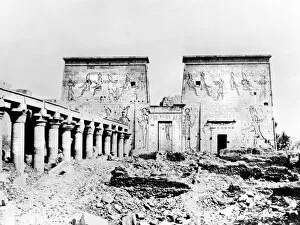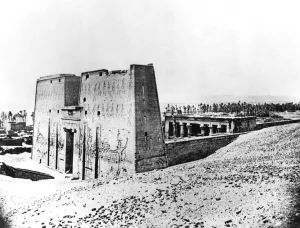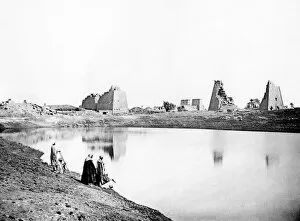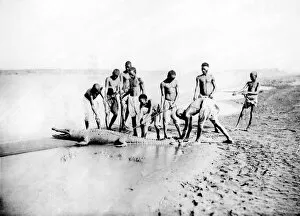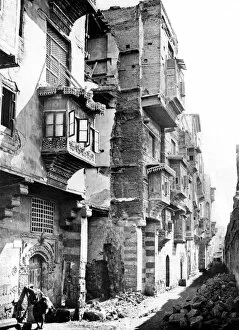Henri Bechard Collection
Henri Bechard, a talented French artist of the 1870s and 1880s, captured the essence of ancient Egypt in his stunning artworks
For sale as Licensed Images
Choose your image, Select your licence and Download the media
Henri Bechard, a talented French artist of the 1870s and 1880s, captured the essence of ancient Egypt in his stunning artworks. From Thebes to Nubia, Bechard's brushstrokes brought life to iconic landmarks and forgotten ruins. In Thebes, he immortalized the grandeur of The Colossi of Memnon, their imposing figures standing tall against the backdrop of time. Moving inside the Temple of Ramesseum, Bechard skillfully depicted the intricate beauty of its Hypostyle Hall, where sunlight danced through towering columns. Venturing into Nubia, Egypt's southern region rich in history and culture, Bechard continued his artistic exploration. His portrayal of Ombos Temple showcased its architectural splendor amidst a desert landscape. In Philae's Temple of Isis, he captured both its majestic Eastern columns and overall magnificence with great precision. Ruins became poetic narratives under Bechard's skilled hand. Whether it was an isolated column or crumbling structures in Edfu or Nubia temples' remnants scattered across vast landscapes; each stroke told stories untold for centuries. Bechard also delved into nature's realm during his Egyptian journey. He fearlessly portrayed a daring hunt for a crocodile - an exhilarating moment frozen on canvas forever. But perhaps one artwork that truly encapsulated Henri Bechard's talent was his depiction of Karnak - Sacred Lake shimmering beneath temple ruins like whispers from ancient times. Inside Karnak temple itself lies another masterpiece: an intimate glimpse into its interior adorned with hieroglyphics and mystical symbolism. Through Henri Bechard's artistry, we are transported back to a bygone era when pharaohs ruled over magnificent cities along the Nile River. His paintings serve as windows connecting us to these distant lands and reminding us that even after centuries have passed since their creation; their beauty and grandeur continue to inspire awe.


